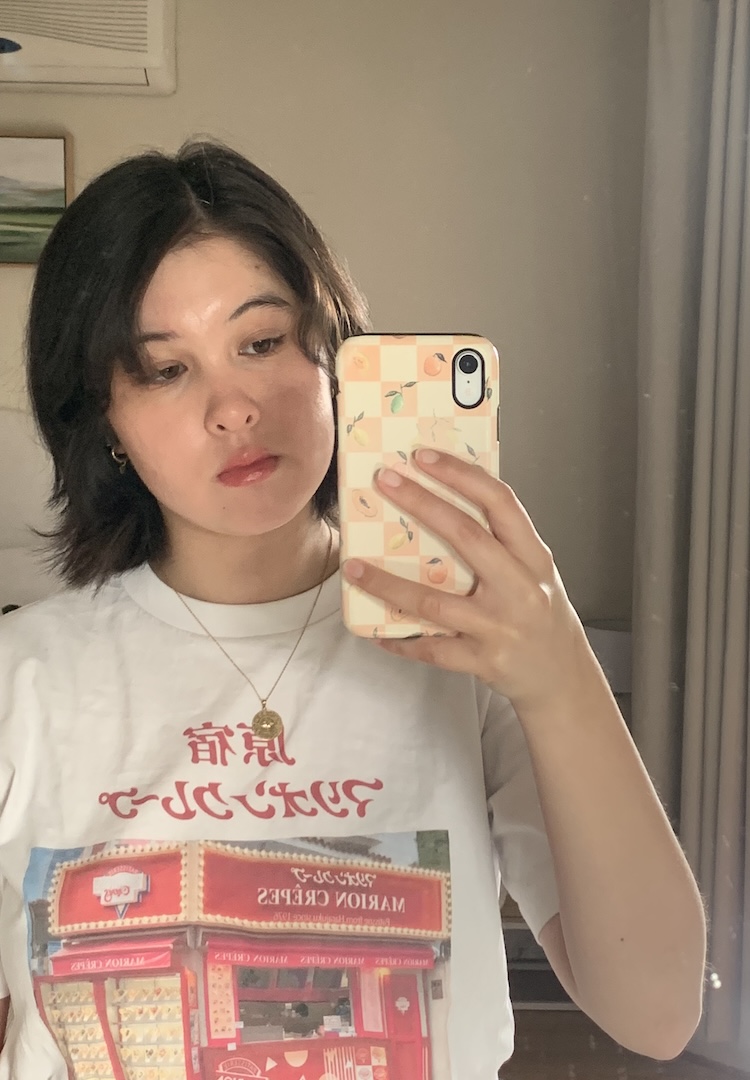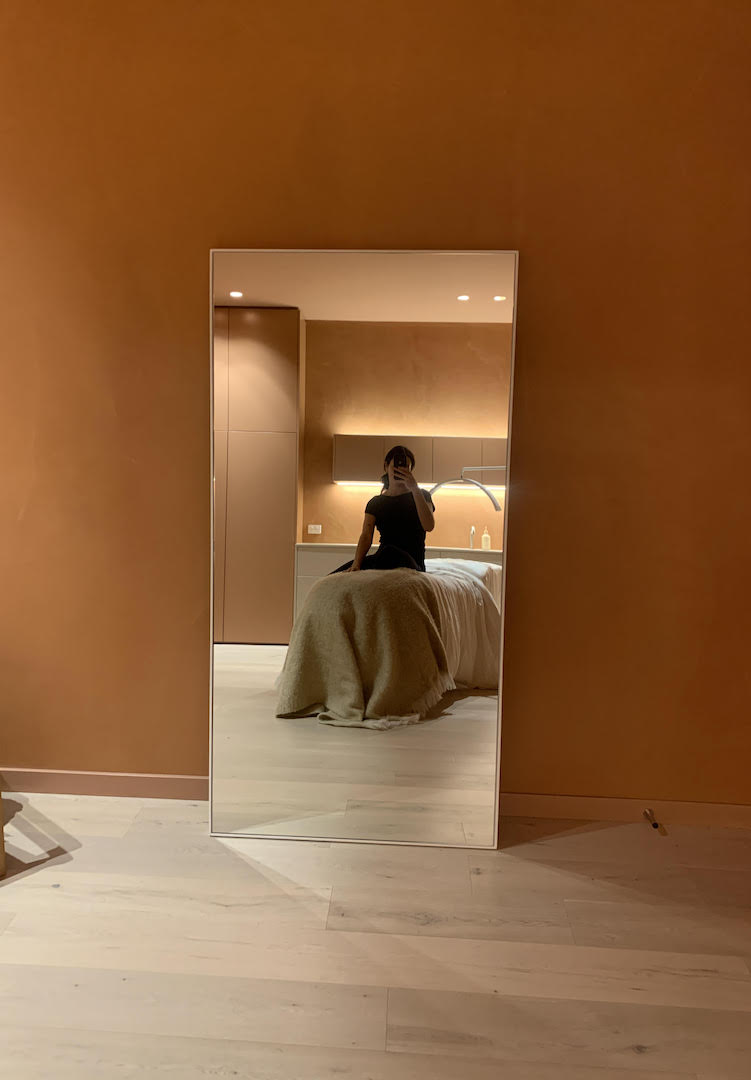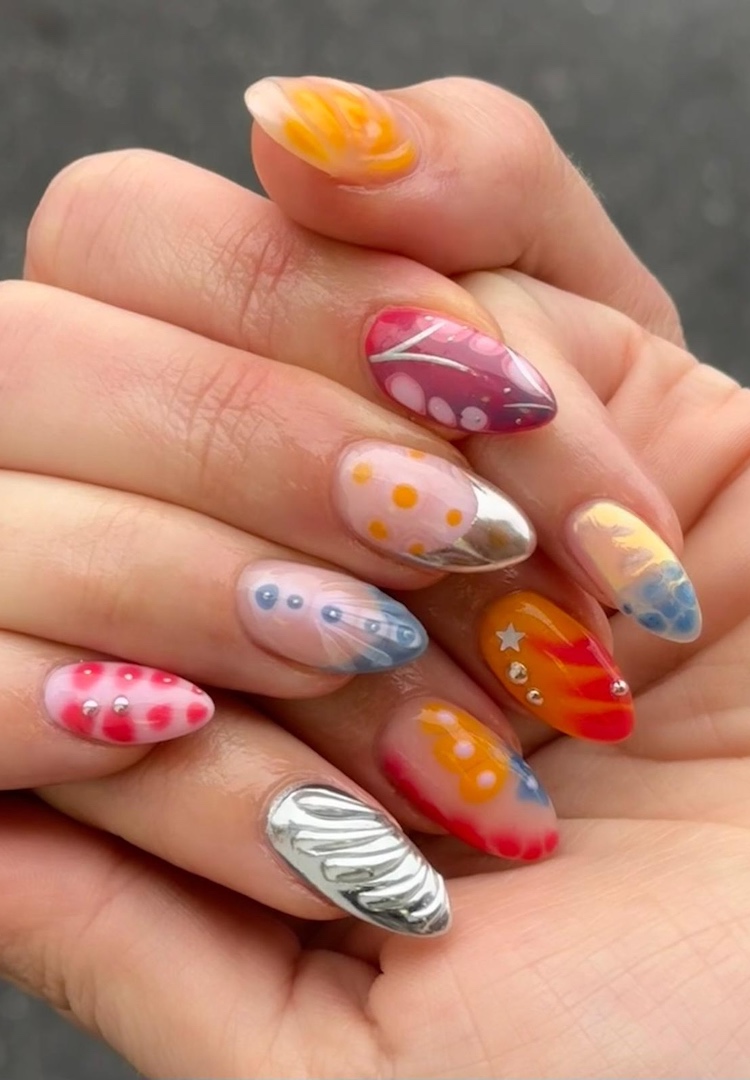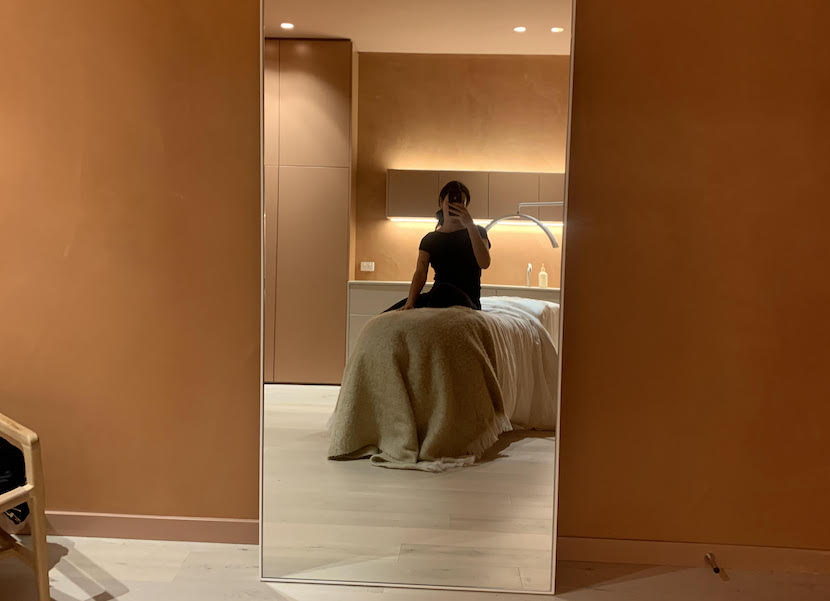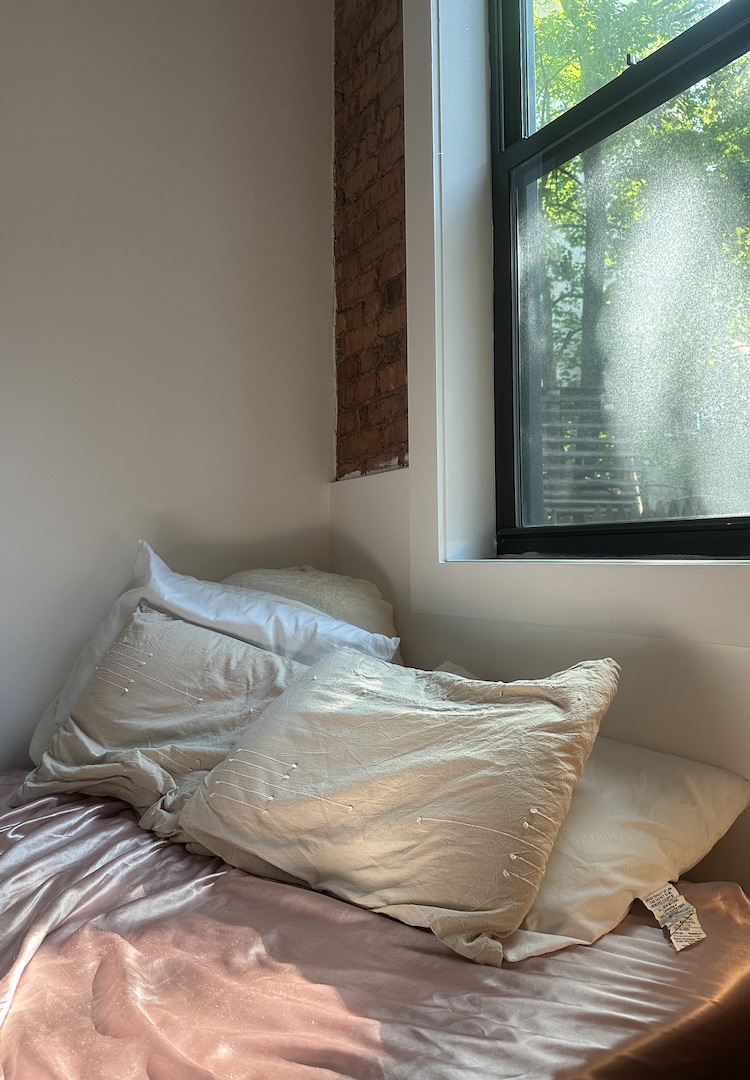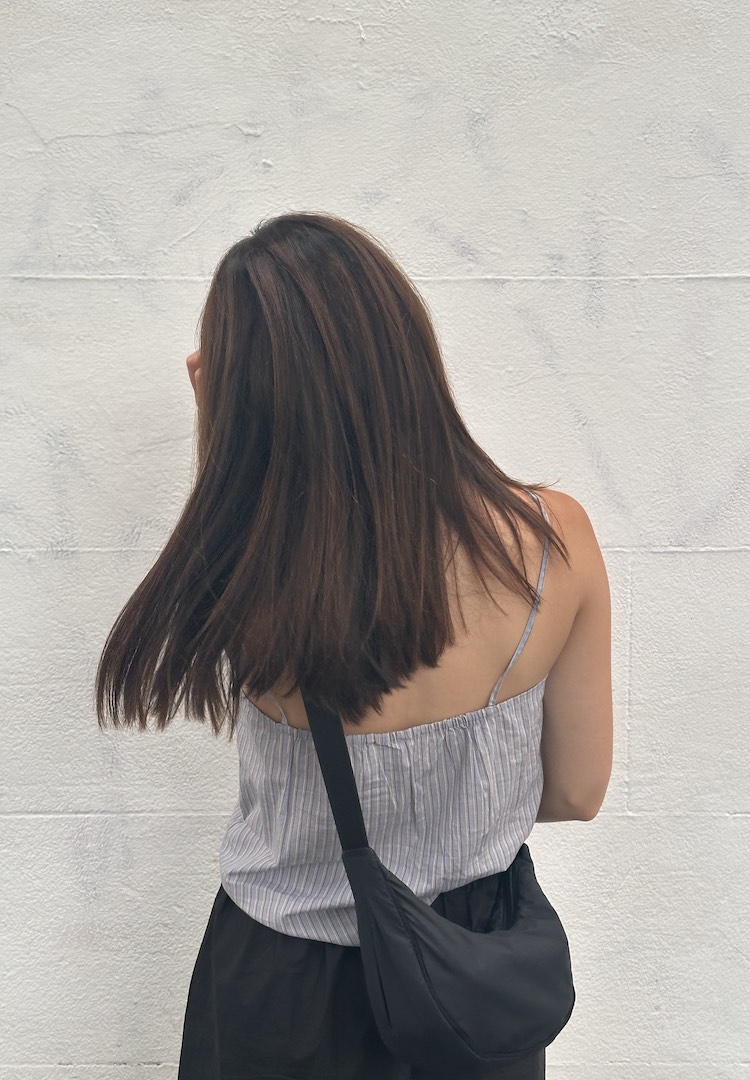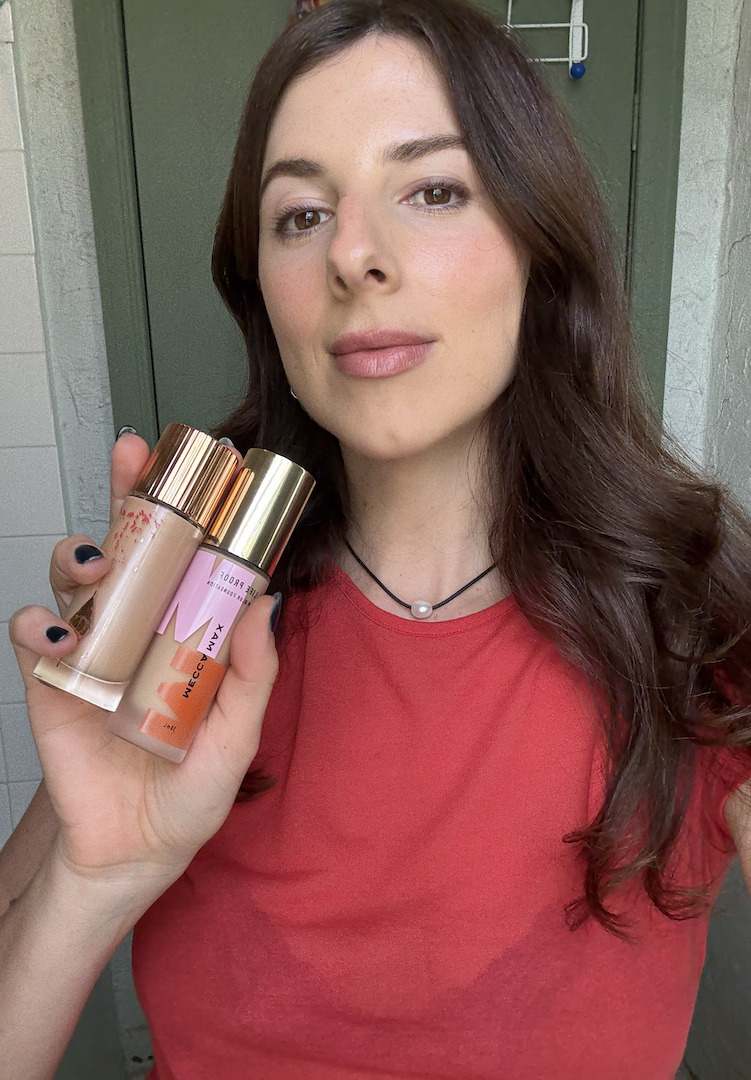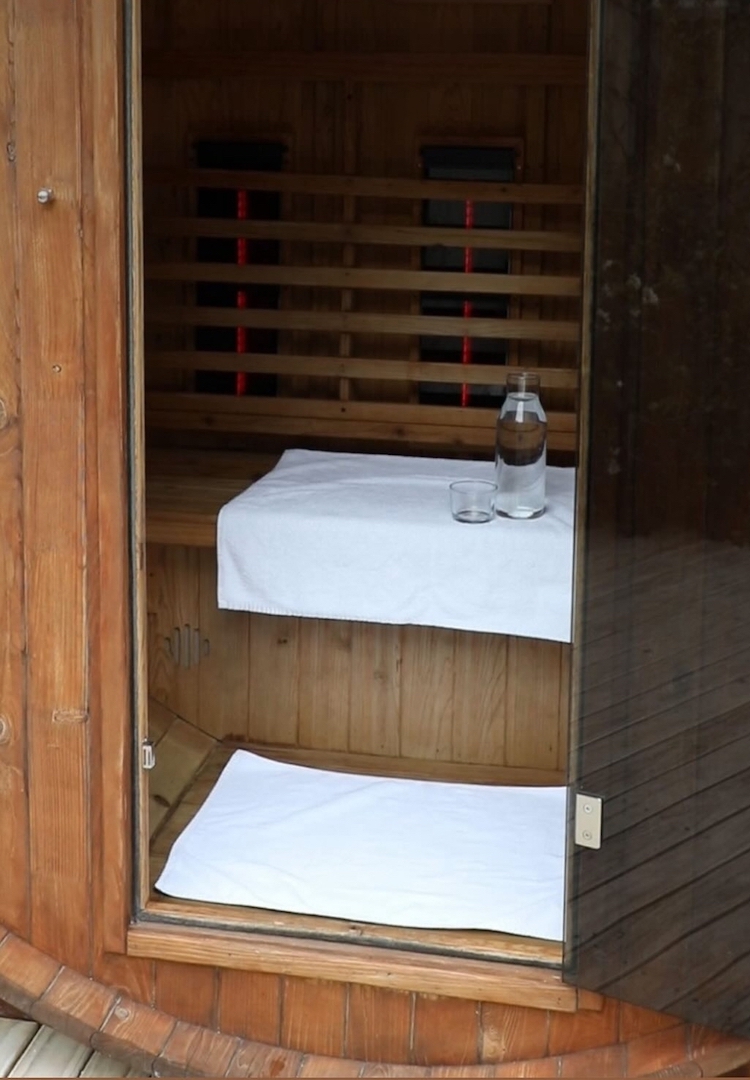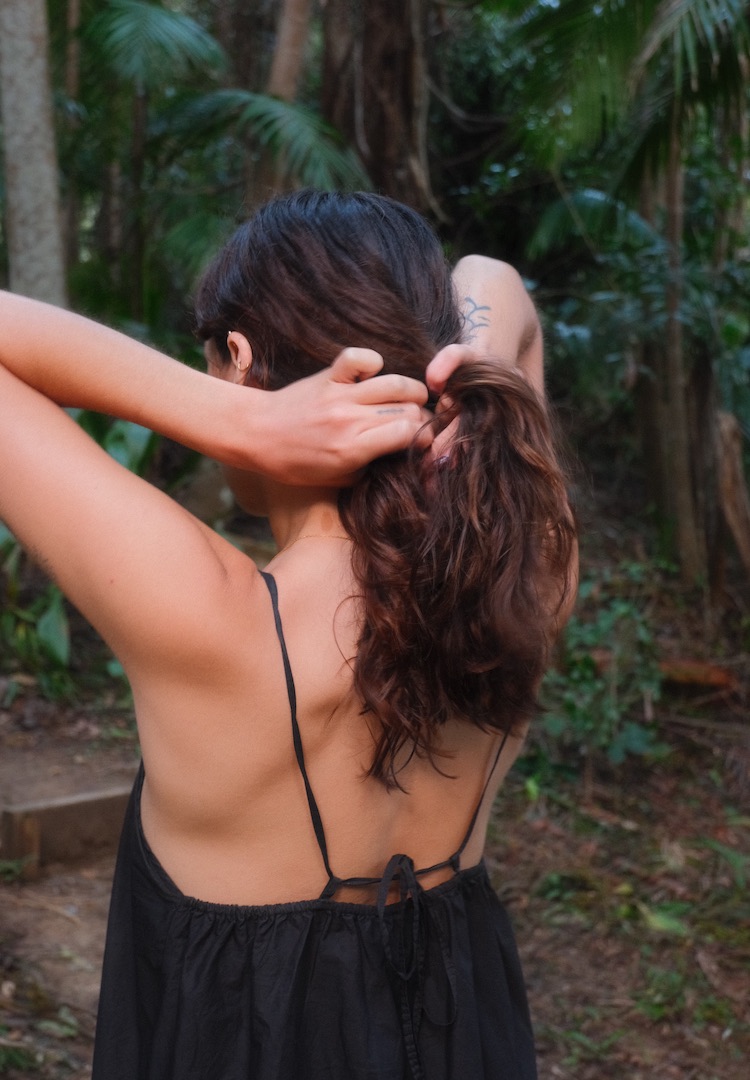Road test: I tried a ‘no downtime’ laser to help clear my post-acne marks
words by Lara Daly
I put the ‘no-contact, no-downtime’ skin laser to the test.
If 10 years of working in the beauty industry has taught me anything, it’s that everyone’s idea of ‘good skin’ is relative. I struggled with acne in my teens, enduring three rounds of high-strength Roaccutane to try and clear it up. Eventually, my hormones balanced out and my skin has (touch wood) been pretty clear for the last few years.
But to this day, whenever people compliment my skin, I’m quick to point out that a) it hasn’t always been this way, and b) I have the marks leftover to prove it, I just know how to use concealer really well.
For more skin treatment road tests, check out our Beauty section.
My main goal with my skin now is to even out its tone and fade my aforementioned acne marks. Aside from using a niacinamide serum (my favourite is this Neutrogena one) and a good quality retinal religiously, clinical lasers can be very effective at clearing this up.
However, the options for skin lasers out there are truly mind boggling. Many come with certain rules (lasers commonly aren’t safe to use on darker skin tones, or if you’re on Roaccutane) with varying degrees of downtime. So when I heard about Aerolase, a ‘no contact, no downtime’ laser that’s suitable for all skin types, I jumped at the chance to book in a treatment at HÜD Northcote.
What’s the difference between Aerolase and other lasers?
Popular lasers like Fraxel and Clear + Brilliant (sometimes called ‘baby Fraxel’) are fractional lasers, that work by creating micro-injuries in the skin – tiny channels of heat that stimulate a healing response and new collagen production. “They’re excellent for resurfacing, sun damage and scarring, but they do come with downtime, redness, and peeling, and your skin may look worse before it looks better,” explains Gry Tømte, founder of HÜD.
“Importantly, fractional lasers aren’t always safe for deeper skin tones or those with melasma, as the heat and injury can trigger post-inflammatory pigmentation or worsen existing pigment concerns.” Aerolase Neo, by contrast, “uses a unique 650-microsecond pulse at a 1064nm wavelength. That means it delivers high energy deep into the dermis without damaging the skin’s surface,” explains Gry.
Put simply, “If Fraxel and Clear + Brilliant are like aerating a lawn – creating little holes to promote growth (but expect a mess in the meantime) – then Aerolase is like watering the roots. It penetrates deep, nurtures from within, and leaves the surface untouched.”
Who is Aerolase suitable for?
Incredibly, Aerolase is suitable for every skin tone and type, even people with melasma or people who are on Roaccutane. The device is actually FDA-cleared to treat 37 different conditions, including acne, rosacea, melasma and pigmentation.
What sort of results can you expect from an Aerolase treatment?
Although most clients leave with a healthy glow, Gry says the real results from Aerolase come over time. “For acne, there may be some initial purging as skin turnover normalises and blockages are pushed to the surface. When treating pigmentation, Aerolase targets pigment deeper within the skin. Unlike ablative lasers that focus on the surface, Aerolase breaks up pigment at a deeper level, and the body gradually clears it over the following four to six weeks.”
My Aerolase treatment
My treatment at HÜD began with a thorough consultation with my dermal clinician, Emma. She cleansed my face and took some high-tech photos of it with a machine that analyses the skin for things like sun damage, wrinkles and hydration levels.
From there, we discussed my skin goals, and what to expect. She described the feeling of the laser as a hair dryer being blown across my face, which was pretty accurate. There was a slight heat but nothing uncomfortable – in fact, I nearly drifted off to sleep as she was doing it.
The actual lasering took about 25 minutes. After that, Emma treated me to a ‘transdermal infusion’ skincare routine with a cocktail of serums including a pigment inhibitor, beta glucan, vitamin C, retinol palmitate, and essential fatty acids for barrier restoration. I asked her what I should be doing at home, and she recommended a prescription retinol by DMK called Revitosin (update: I’ve been using it twice a week for a month and it’s already made my skin a lot smoother).
The results
I can certainly attest to the ‘zero downtime’ selling point. There really wasn’t any waiting for redness to subside. The next day in the FJ office, Daisy told me, “you look like you have a filter on your skin.” Would I do it again? Definitely. It would be perfect to do before a big event, like a wedding, as there’s no risky healing phase. You’re good to go straight after you step out of the clinic.
While I can only speak to my immediate results after just one treatment, if you’re looking to target pigmentation and vascular (redness) concerns, Gry recommends four to six treatments, spaced three to four weeks apart. And if acne is your main concern, you’re looking at least six treatments, with the skin continuing to improve by itself for the following three months afterwards.
Like all cosmetic procedures, Aerolase should only be administered by trained medical doctors and dermal clinicians.
For more about Aerolase treatments for acne, read this.

